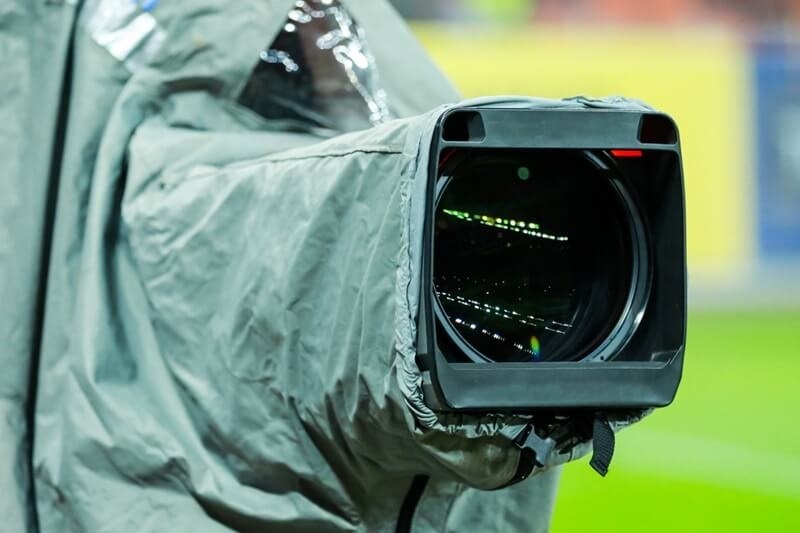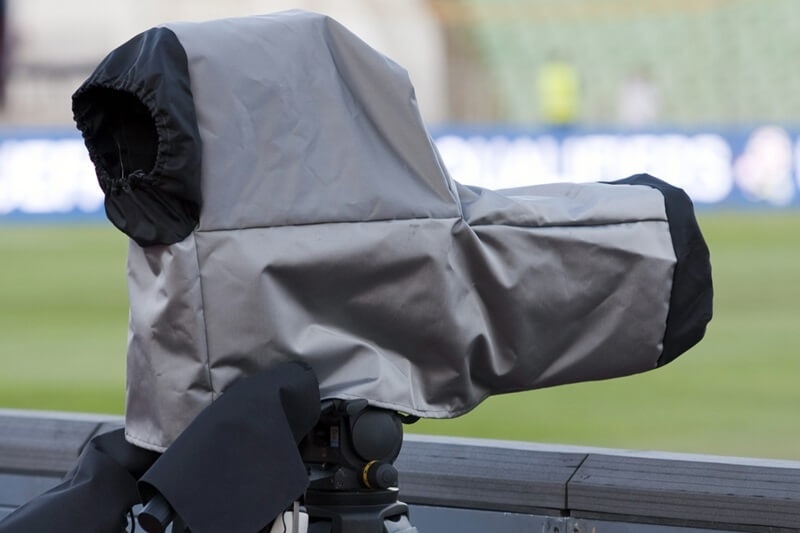
Regardless of whether you’re photographing a landscape, an animal in nature, or a city street, inclement weather is always your greatest enemy and most incredible opportunity. Rain can create drama and beauty from a boring composition, but it can also pose a real threat to your equipment. Learning how to protect a camera in the rain is essential to shield your gear while still getting the shot you want. This includes budget-friendly camera rain gear and more professional options for waterproofing. Proper planning can help to avoid expensive mistakes, or, to be honest, the complete loss of some of your gear. Preparation can help ensure that you achieve your artistic vision.
In this article, you will learn about waterproofing and preparing for rain, as well as some additional safety measures for photographing in adverse weather conditions.
The first thing to consider is making sure your camera and lens are protected.
Waterproofing camera gear doesn’t always mean spending hundreds of dollars—it means choosing practical solutions that match your shooting style.
By keeping waterproofing as your top priority, you not only lengthen the life of your gear but also prevent instances where you have to shorten your session because of surprise showers.

High-end rain covers tend to be expensive, but there are many effective and travel-friendly budget rain covers for cameras that won't break the bank. These products compromise between cost and protection, which is why photographers need them when shooting under uncertain conditions.
When considering what the best rain cover for you is, factors to consider include how often you shoot outdoors, what types of lenses you use, and whether or not you need full coverage for long shoots.
The idea of shooting in adverse conditions may be scary to a new shooter, but the addition of the weather creates an incomparable mood to your images—this includes misty landscapes, dramatic skies, and surface reflections that add 'pop' to your shots.
To capitalize on it:
The general idea is to have a good balance between your creativity and safety. You always want to make sure that your camera gear is your first priority, but don’t be afraid to take creative chances that only poor weather can offer.
It’s not just protecting your camera—it is outdoor photographing safety--which includes protecting you. Wet, slippery conditions can be created into dangerous situations if you are not watchful.
If you stay safe, you will always come home with great images and gear that is functional.
At other times, the greatest protection lies in fast, witty camera hacks that rescue the situation. Here are some proven tricks:
These hacks are especially helpful when you’re caught off guard and need to improvise on the spot.
Your bag is as critical as your camera with regard to protection. Check for bags with rain covers or get waterproof inserts. If the budget allows, utilize garbage bags or dry sacks as dividers within your backpack.
For serious photographers, budget rain covers for a camera usually come as a pair with bag covers, which will keep your entire kit dry and safe.
Despite all precautions, moisture often finds a way in. How you treat your gear after rain shooting is every bit as important as protection in the field.
Not doing these things will lead to mold, electrical issues, or possibly permanent lens damage.
Relying on Weather-Sealed Cameras: Most modern equipment is not waterproof, even professional gear.
Avoiding these mistakes means you will be able to take good photos and know that your investment is protected.
Protecting a camera in the rain is something that every photographer should know. Whether they purchase rain covers for cameras on a budget or explore camera rain hacks, the right method can transform rain from foe to friend. Taking a photo during rainy weather can challenge not only technical skills, but also creativity, providing scenes that a bright day can never provide.
Wrap the camera up in a coat of waterproof camera gear, and with field caution for outdoor photography, you will welcome the rain with open arms and a good chance to get some neat photos without any concern about damaging your gear.
This content was created by AI